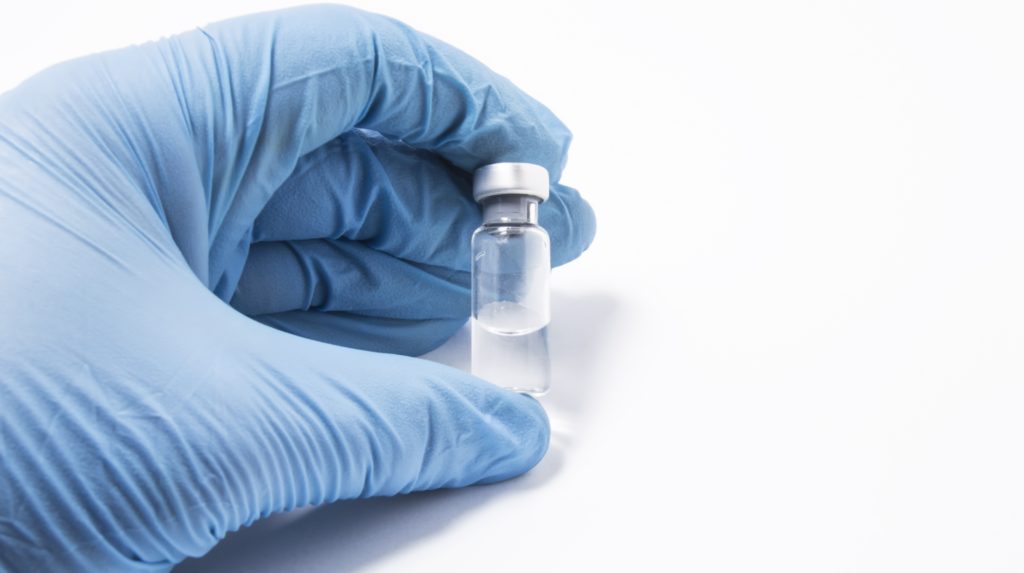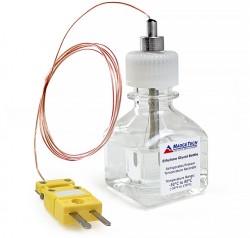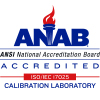
Temperature probes are a commonly used device in the data logging industry. Some temperature probes can measure temperature by being inserted or immersed into a liquid in order to accurately measure the temperature, while others can be placed directly onto a surface. Temperature probes are designed to essentially prevent incorrect or unclear readings by protecting the thermometer from sudden changes in temperature that can occur when opening a freezer door or refrigerator for example. When opening a refrigerator door, the air temperature has the ability to alter more frequently than the temperature of the materials being monitored.
This is where a temperature probe comes in handy. The probe is “buffered” by immersing it into a vial filled with either glycol or glass beads to slow the thermal response rate to more closely match the product being monitored. A temperature buffer causes a significant decrease in temperature response helping to eliminate any false alerts.
According to the Center for Disease Control, “Standard probes that measure air temperature can fluctuate with the defrost cycles of the unit, frequent opening and closing the door on busy workdays, air circulation patterns, etc. This could lead someone to inaccurately interpret changes in air temperature to mean that the vaccine temperature was out of range.” Therefore, temperature probes are a vital necessity when monitoring temperature patterns.
Below we acknowledge two common types of buffer mediums (Glycol and Glass Beads) and ultimately decide on which substance proves to be the most efficient:
Glass Beads
- Can buffer any momentary fluctuations in temperatures
- The glass beads (standard sizes are 3mm) slow the response time of the temperature sensor
Ethylene Glycol
- Ethylene Glycol has a low freezing temperature which allows more accurate measurements in cold spaces
- A probe that is suspended into a sealed ethylene-glycol bottle helps to prevent any fluctuation of average temperatures
While the two buffer mediums are considerably substantial, ethylene glycol-filled bottles prove to be most versatile and are used throughout life science industries and medical monitoring. The Center for Disease Control states that ethylene glycol-encased probes can provide a more accurate reading of actual temperatures and are therefore recommended.
The National Institute for Safety Standards adds that studies have demonstrated temperature probes in ethylene glycol-filled bottles can more closely approximate vial temperatures when placed in the same refrigerated area where the materials are stored.
To view MadgeTech’s thermal buffering products, click here!







